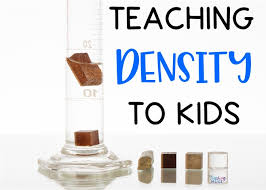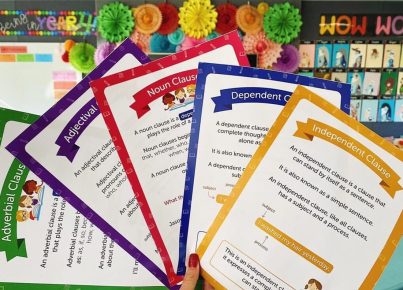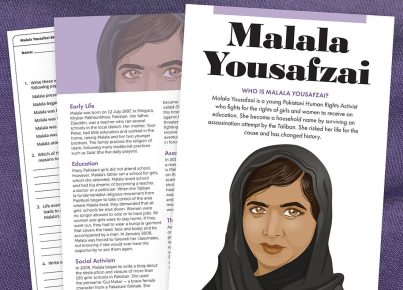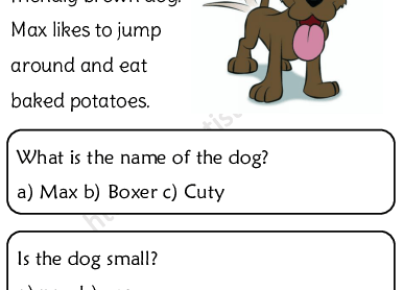Have you ever wondered how to make science fun and engaging for children? Introducing concepts like density doesn’t have to be dull or complicated. With a simple yet captivating experiment, you can ignite the spark of curiosity in young minds. Welcome to the Sugar Water Rainbow – an activity that not only teaches density but does so in a burst of color!
Materials Needed:
– A tall, clear glass or jar
– Granulated sugar
– Water
– Food coloring (multiple colors)
– A spoon for stirring
– Small cups or bowls
– A dropper or pipette
Procedure:
1. Prepare the Sugar Solutions: Begin by helping your children create sugar water solutions of varying densities. In separate cups, mix one tablespoon of water with one, two, three, and four tablespoons of sugar respectively. Add a different food coloring to each cup and stir until the sugar is fully dissolved.
2. Constructing the Rainbow: Now it’s time to build the rainbow! Carefully pour the most dense solution (the one with the most sugar) into the clear glass first. Here is where you will need a steady hand or a spoon turned upside down and placed just above the previous layer – slowly pour over the back of a spoon to ease each new layer on without mixing them.
3. Layering Colors: Using either a dropper or gently pouring over the inverted spoon’s back, add the next densest solution atop the first layer. The trick is to do it slowly and gently so that the layers don’t mix but rest on top of one another — showcasing separate swirling bands of color.
4. Watch and Learn: As you complete this process with all your colored solutions, you will witness a vibrant column of layered colors from darkest at the bottom to lightest at the top. This breathtaking effect is a result of density differences; each layer supports the one above because it’s denser due to its higher sugar content.
Scientific Principle:
Explain that density refers to how much stuff (or mass) is packed into a given volume and that in this experiment, sugar increases water’s density. The more sugar in water, the denser it becomes, allowing for layers of colored water with different sugar contents to stack on top of each other.
Conclusion:
With your Sugar Water Rainbow successfully crafted, take this opportunity to discuss why objects might float or sink in water depending on their density relative to water’s density. This hands-on activity not only teaches children about scientific principles but also demonstrates that learning can be as delightful as watching colors dance in water.
Remember, science should be accessible and enjoyable — so plunge into these exciting experiments that bring education alive!





